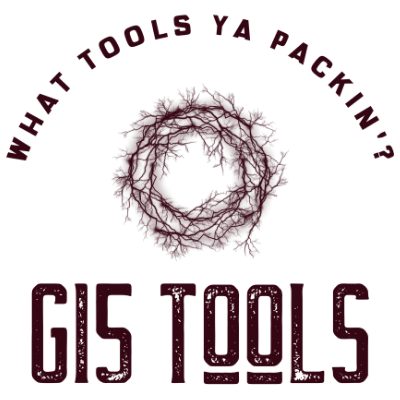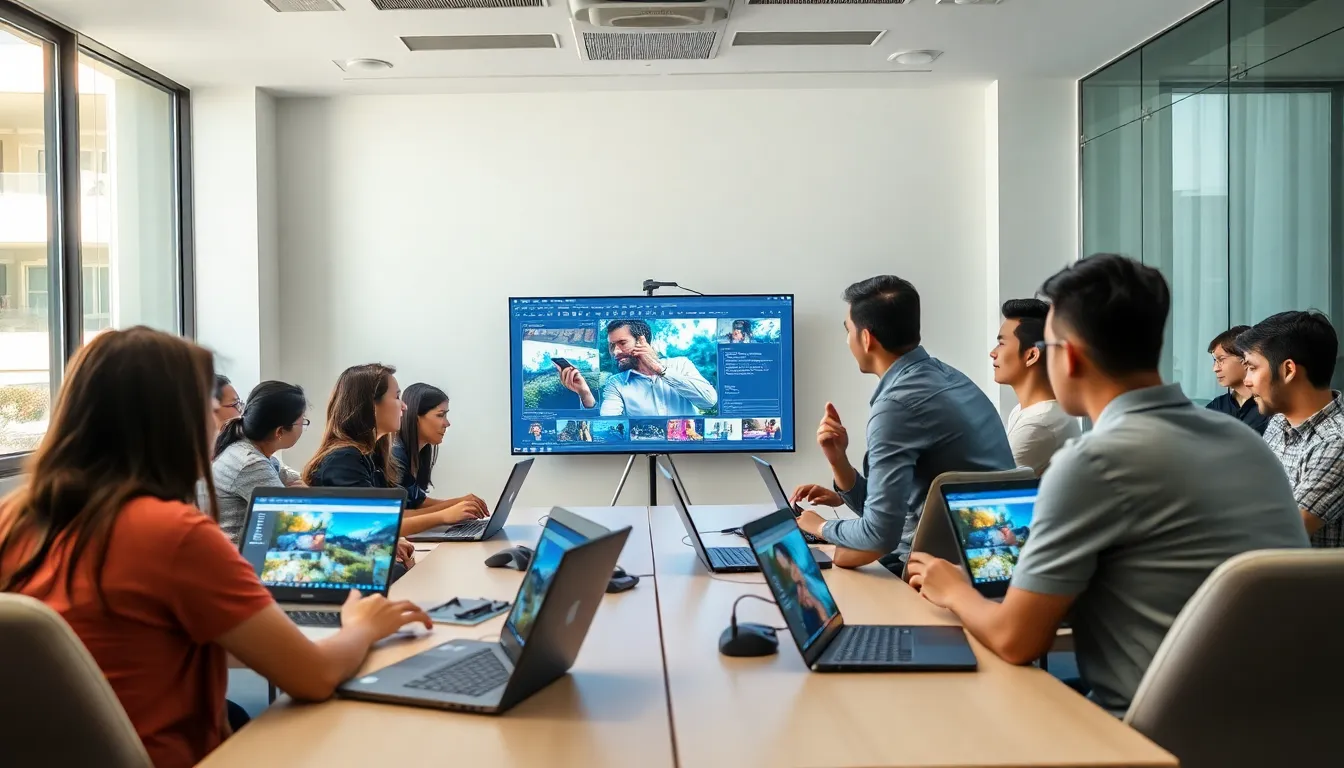With advancements in technology and the ever-increasing speed of the digital landscape, businesses require progressive tools offering flexibility, scalability, and efficiency to produce and render optimized content experiences. Unfortunately, many content management systems (CMS) available that society currently uses as a standard are outdated and possess a linear structure that prohibits rendered content from accessing anything other than the assigned frontend. A headless CMS is the solution; it’s everything your business could want and more to put you ahead of the competition. Discover how you can improve your digital content with a headless CMS and optimize your web experience.
What Is a Headless CMS?
A headless CMS is an alternative kind of content management system that enables organizations to create and manage content in a whole new way. Instead of a regular content management system that ties content to where it’s supposed to be rendered because of its “front end,” a headless CMS has an exclusive “back end” for storage and management without having a “front end” rendering layer. In other words, the “front end” and “back end” are separated; thus, content can be distributed to any venue via API without intramural limitations; thus, it’s more robust and flexible.
A headless CMS provides a company with content distribution capabilities to any front web, mobile, IoT, AR, VR, voice apps, etc. whenever a company needs to reach its users and on whatever platform or operating system. A headless CMS even adapts content for the specific requirements of each platform or operating system yet sustains a cohesive look across digital domains. For instance, a worldwide chain of stores can use a headless CMS back end to manage all data regarding product details, seasonal promotions and marketing images, and location-based efforts. Then, without much overlapping effort, it can push that same data to its e-commerce site, e-commerce app, brick-and-mortar digital kiosks, and even AR shopping experiences.
Therefore, it enjoys consistency and time efficiencies and effortless customer interactions no matter where they engage with the brand. In addition, the flexibility of a headless CMS means that when market trends or technological advancements emerge, companies can capitalize on them quickly. Whether it’s adding compatibility with new IoT devices, voice search integration, or facilitating AR/VR interactions, a headless CMS keeps companies in the loop. The importance of being able to control content in one place yet simultaneously sending it to multiple places at once is why the headless CMS is essential for any brand looking to enhance its digital content strategy. This is why so many brands have adopted a headless solution that champions where content management is going. It’s efficient. It’s impactful. The headless CMS is the solution that allows brands to adopt content that is timeless, flexible and responsive to average consumer demands.
Enhance Performance and Scalability
Maybe the most significant advantage of a headless CMS is performance and scalability. A conventional CMS might crash with too much traffic, or it might not be able to meet new content requirements as the project develops over time. But a headless CMS can promise a successful usage experience each time. This is because conventional CMS systems connect the backend content creator with the frontend customer interface. Too much content engagement slows everything down. But a headless CMS offers a disconnect, permitting businesses to expand whenever and however they want or manage massive traffic levels without concern. This is the type of functionality an eCommerce site requires.
A headless CMS would serve an eCommerce site with thousands of products and millions of users visiting it daily! A headless CMS would serve an eCommerce site with product pages rendering within milliseconds, sale pages up within three seconds, and cart and payment pages flowing and functioning with ease. This type of CMS keeps users active and engaged rather than annoyed by a slow website; this means fewer bounce rates, fewer cart abandonments, and more sales conversion rates. Furthermore, the scalability associated with a headless CMS ensures that as companies grow their content presence, they will not be left behind with legacy systems. From new languages and additional regional sites to burgeoning innovation like AR and voice-integrated applications, a headless CMS can easily accommodate evolving requirements.
Therefore, companies can rest assured that as they grow their content endeavors, efficiency will be at the forefront. Furthermore, better performance boosts SEO. Companies that load faster will be prioritized in searches so that companies more easily obtain traffic and access to potential demographics. A headless CMS promotes a better UX and UI and guarantees long-term success with consistent performance across all platforms. If your organization is on the hunt for a new digital experience platform and you find yourself migrating to a headless CMS, it’s for scalability and performance optimization purposes. Migrating to this content management system in an integrated way sets your business up for growth and the potential for stunning experiences during peak periods.
Foster Team Collaboration
A headless CMS helps ensure the marketing and dev teams foster collaboration over one of the most contentious issues surrounding content management: the ongoing battle between creative control and development precision. For example, Storyblok offers a no-code visual editor that enables marketers to take ownership of content creation and content updates without interruption. Marketers don’t accidentally impede the dev team’s progress with small changes, and the dev team is free to exercise its expertise to create a best-in-class frontend with enhanced usability.
This gives marketers the ability to campaign, go to market, adjust product descriptions, and change sale banners without waiting for a developer to address these issues on the back end. Post-integration, the visual editor of Storyblok is such that even the least technically savvy team member can see things in real-time preview mode and adjust for brand consistency. This type of ownership over content allows marketing teams to be forward-thinking or reactionary due to the need for change based on business and consumer demand and accomplish everything at such a faster rate. At the same time, developers appreciate the decoupled nature of a headless CMS. They’re no longer bound to a requirement for backend/frontend integration typically offered by a traditional CMS. They can build dynamic, high-performance UIs in today’s hottest frameworks React, Vue, or Next.js and leverage them as frontend builders, constructing a tailored UX from the various content APIs a platform like Storyblok offers.
This not only reduces bottlenecks but also inspires greater creative possibility across teams. Developers can experiment with various frameworks; marketers can hone in on the best copy. A retail brand, for example, can use Storyblok to ensure its seasonal marketing effort goes live simultaneously on its website, mobile app, and in-store windows. Developers design the templates for each space, and marketers template and publish the same content all with one source. With Storyblok’s competitive pricing and enhanced collaboration, marketing and developers have the chance to effectively work on joint projects. The ease of a frontend for Storyblok and a robust API backend allows either team to operate without disruption and in tandem. Enhanced collaboration strengthens the company culture between departments, fostering quicker branded content turnaround and operational functionality for everyone involved. Companies will get better, faster, stronger with Storyblok’s headless CMS.
Improve Personalization Across Platforms
Custom content is required to engage consumers, and a headless CMS facilitates such customization. Because a headless CMS integrates with internal analytic and CRM systems, companies can easily find out what users enjoy or what frustrates them and gives operators the power to render customized digital content. For example, a streaming service will suggest movies it thinks you will enjoy after viewing a mere couple of minutes of one poster image; a clothing store will suggest clothing based on something you purchased a season ago. These are but two ways companies could reap the benefits of a headless CMS from the consumer end, creating simpler customized experiences that bring them back for more.
Future-Proof Your Content Strategy
In addition, as content delivery systems evolve, from AR to voice and smart device apps, businesses need a CMS that will work with all upcoming content delivery systems. A headless CMS is API-based to ensure compatibility now and later; adopting a headless solution is essentially future-proofing any enterprise that’s open to finding opportunities for stabilization down the line. Thus, a headless solution makes for necessary integration with new delivery systems for optimal content distribution, meaning enterprises can stay ahead of the game while still offering customers trade-specific, advanced web experiences. For example, with Storyblok, because its structure is malleable, it will be susceptible to any new development effortlessly.
Conclusion: A Transformative Approach to Content Management
When companies grow and need flexibility, a content management system that allows flexibility is key to staying on top of the digital age. A headless CMS is the ideal option to ensure a digital content strategy remains consistent across channels, engaging and scalable across all avenues. Want to transform your content management system experience? Discover how a platform like Storyblok can improve your content management system experience. With modular content blocks, an easy-to-use editor, and integrations, Storyblok comes with all the necessary tools for companies of any size.



